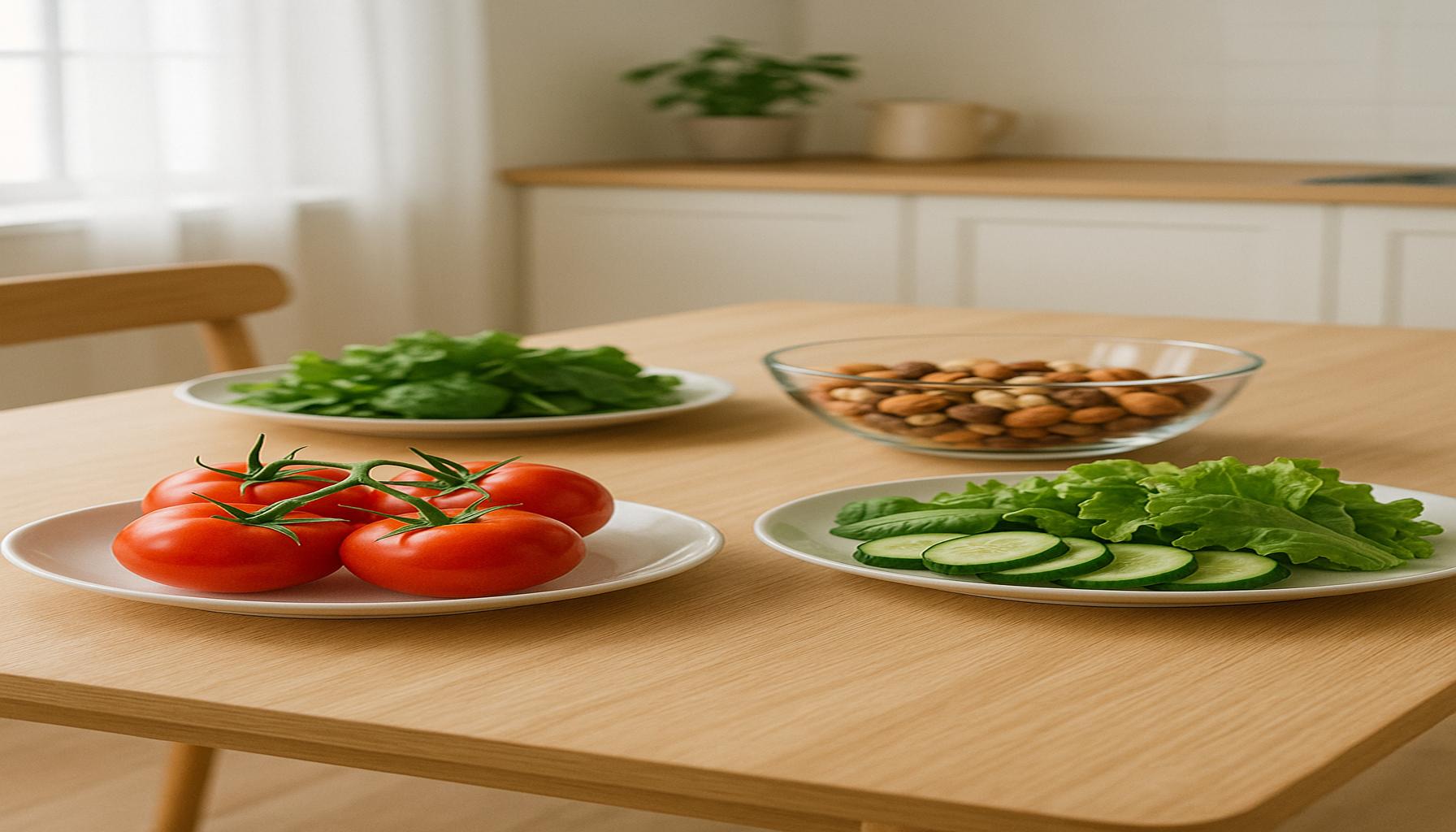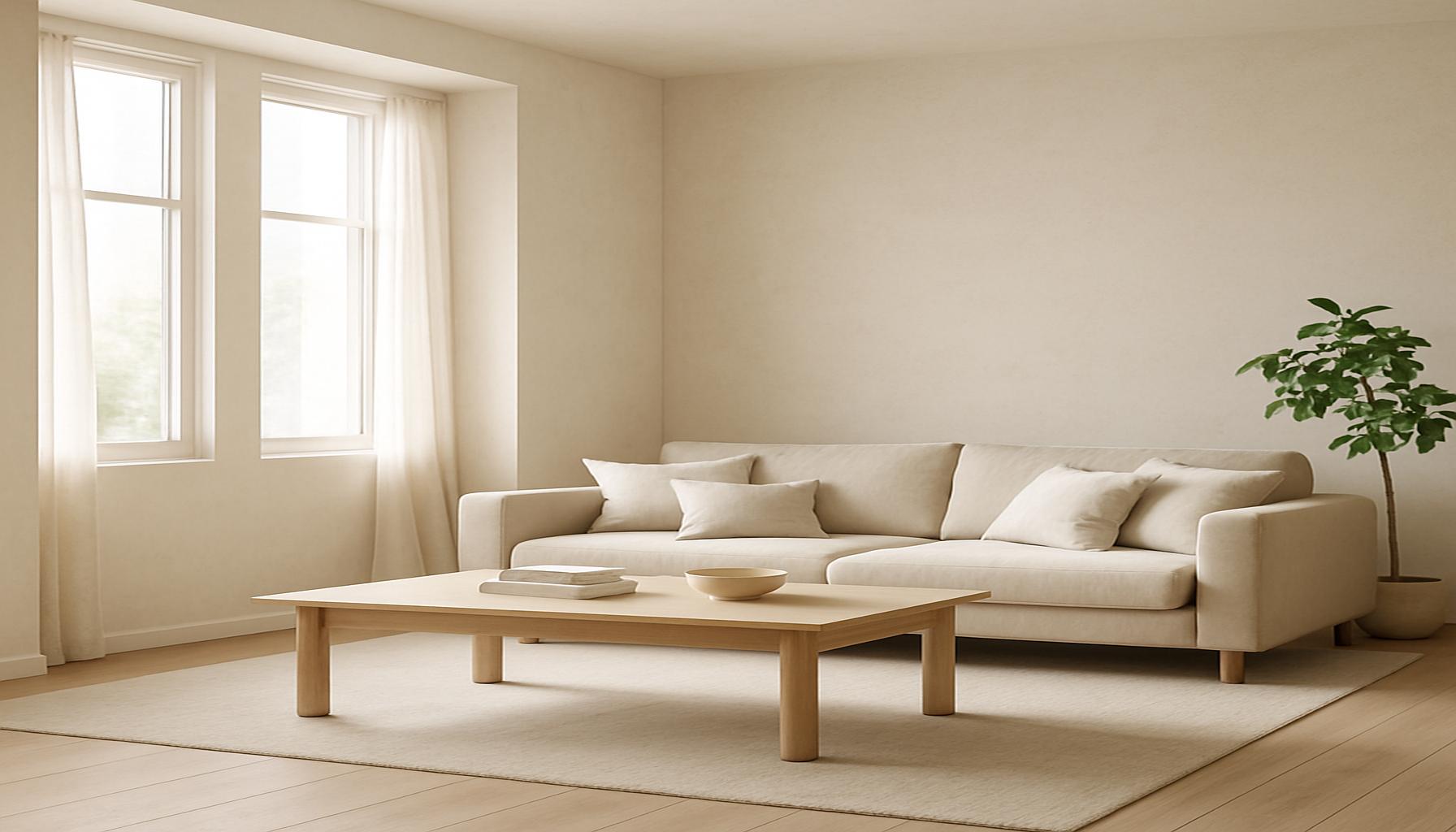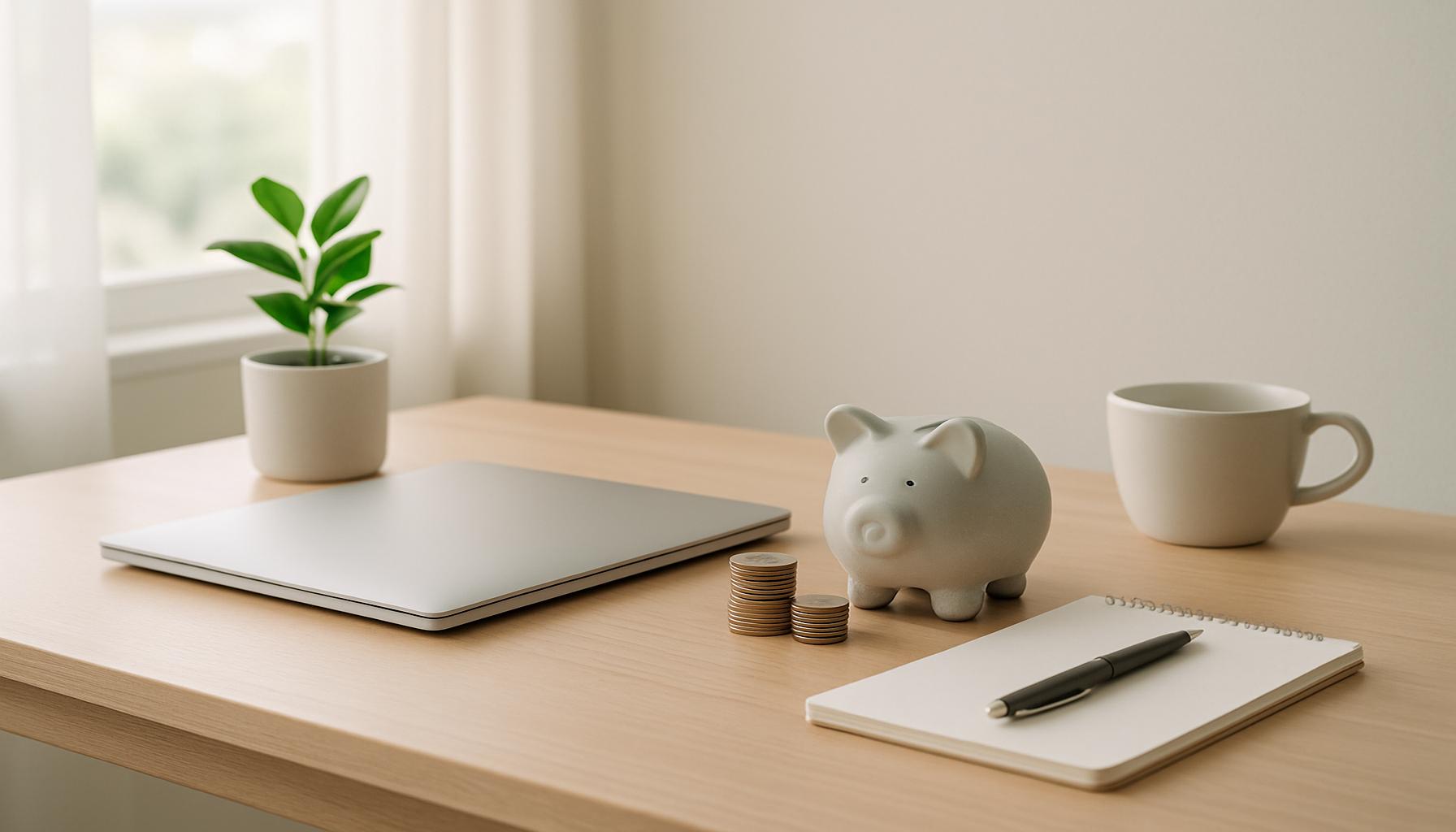Minimalist Personal Organization Simple Strategies for Efficient Living
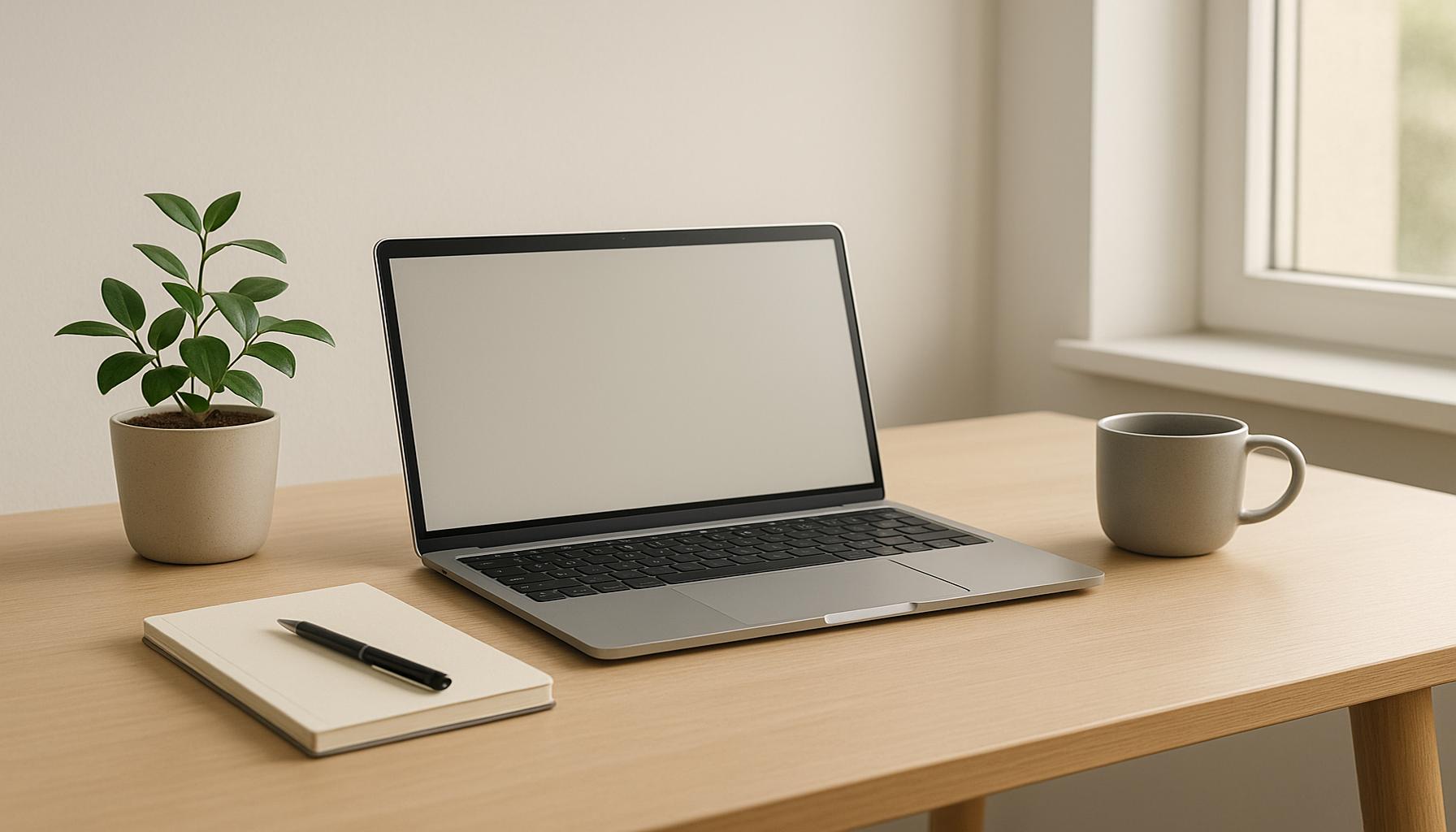
Embracing Minimalism in Everyday Life
In a world buzzing with distractions and constant demands, the concept of minimalism has emerged as a refreshing antidote. It encourages individuals to declutter not just physical spaces but also mental landscapes. By focusing on what truly matters, minimalism paves the way for enhanced personal organization and efficiency.
The Relevance of Simple Strategies
Adopting minimalism goes beyond emptying closets; it fosters a mindset that prioritizes intentional living. Simple strategies can transform chaotic routines into streamlined processes, leading to improved productivity and well-being. These approaches are increasingly significant as many seek meaningful ways to simplify their lives amidst overwhelm.
What to Expect
In this article, we will explore the Top 5 Strategies for implementing minimalist principles into your daily routine. Each method will help you gain clarity and direction, making your life not only more organized but also more fulfilling. Get ready to discover how small changes can lead to significant enhancements in your day-to-day efficiency.
Top 5 Simple Personal Organization Strategies: Minimalist Approaches for an Efficient Daily Life
In today’s fast-paced world, the term “minimalism” has evolved from a lifestyle trend to a practical approach that many embrace to reclaim their lives from the chaos of modern living. By prioritizing the essentials and eliminating the unnecessary, minimalist organization strategies can significantly transform daily routines. These approaches offer not only a tidier space but also provide mental clarity and efficiency. Here, we delve deeper into five straightforward yet effective strategies to enhance your personal organization through minimalist techniques.
5. Embrace the Power of Decluttering
Decluttering is often considered the cornerstone of minimalism. It involves the systematic process of eliminating non-essential items from your space, which in turn creates an environment conducive to peace and productivity. Imagine walking into your home and being greeted by a tranquil, clutter-free space. This can be your reality by regularly engaging in decluttering sessions.
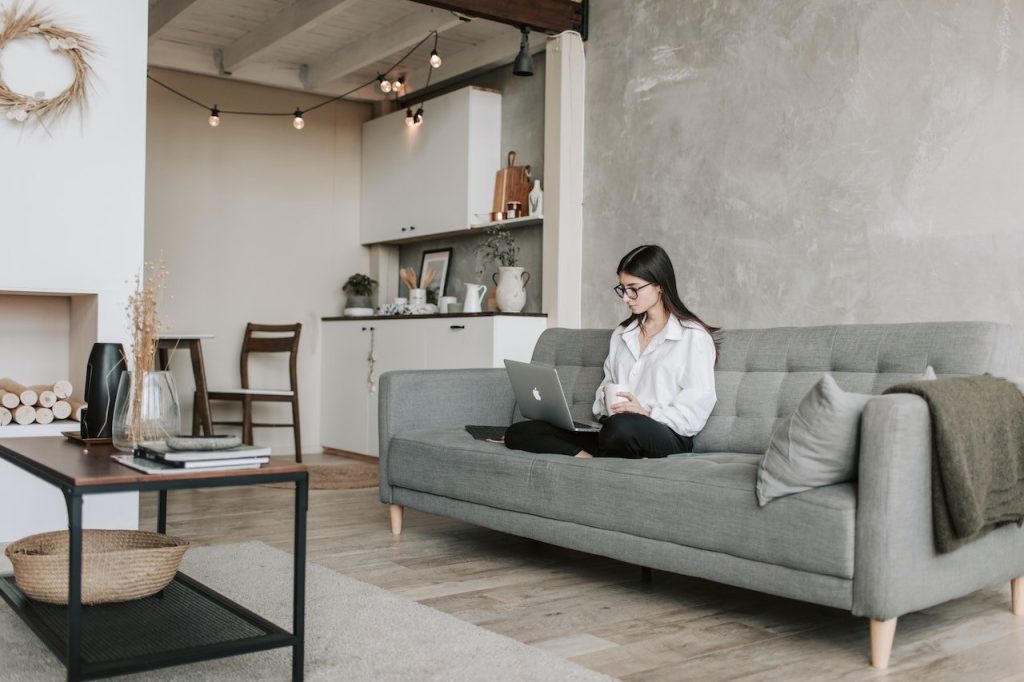
- Identify areas: Begin with a specific area—perhaps a cluttered corner of your home or just a single drawer. Tackling smaller spaces can make the process less overwhelming.
- Ask the right questions: When evaluating items, ask if they serve a specific function or offer joy. If an object doesn’t enhance your life, maybe it’s time to part ways with it.
- Donate or sell: Transform unwanted items into valuable resources for others. Many local charities eagerly accept donations, and online platforms make selling unwanted goods easier than ever.
The act of decluttering is not only about physical space; it influences mental clarity as well. A study published in the Journal of Environmental Psychology highlighted that people who live in clutter-free environments experience less stress and greater focus. Remember, simplicity catalyzes clarity.
4. Implement the One-In, One-Out Rule
The One-In, One-Out rule is a minimalist staple that helps maintain balance in your space. This principle mandates that for every new item you introduce into your life, an old item must be removed. This ensures your environment remains uncluttered and manageable.
While it sounds simple, applying this rule requires thoughtful consideration. It encourages mindful purchasing and consumption practices across various aspects of life:
- Clothing: Apply the rule to your wardrobe by donating a garment for every new one purchased. This can help prevent the accumulation of clothes that rarely see the light of day.
- Office Supplies: Keep your workspace efficient by only retaining necessary tools and recycling outdated supplies.
- Digital Space: On your devices, regularly review and delete files, apps, and emails that no longer serve a purpose. This not only keeps your digital environment clean but can improve your device’s performance.
Adopting the One-In, One-Out rule encourages a streamlined lifestyle that reflects personal values, providing a sustainable path to organization.
3. Create Designated Spaces
Assigning a designated space for each item is fundamental to maintaining organization. This minimizes clutter and allows quick retrieval of items when needed. Moreover, having designated zones for specific activities simplifies the transition between tasks and can reduce stress significantly.
Here’s how you can effectively create designated spaces:
- Personal Zone: Dedicate a space for relaxation and introspection. This could be a simple corner with a comfortable chair and a small shelf with your favorite books or plants.
- Work Zone: Establish an area free from distractions dedicated solely to productivity. In a home office, ergonomic furniture and minimalistic décor can enhance focus.
- Function Zones: Designate areas for specific hobbies or family activities. For example, a crafting table can be arranged with all necessary supplies organized in boxes and containers.
These zones are visual cues for your brain, signaling what tasks to focus on in each area. A well-organized living space facilitates a more seamless and less stressful daily routine.
2. Develop a Simple Daily Routine
A structured but simple daily routine is the backbone of efficient personal organization. By crafting a routine that balances important tasks with leisure, you establish a consistent flow to your day. This consistency helps in preventing the chaos that comes from unstructured time.
Here are tips to develop an effective routine:
- Consistency: Maintain regular times for waking up, working out, meals, and bedtime. This consistent timing helps regulate your body clock and increases overall efficiency.
- Prioritization: At the start of each day, list the top three tasks you aim to complete. This targeted approach directs focus and energy effectively.
- Flexibility: Life is unpredictable, and it’s essential to leave room for adjustments. Being adaptable to changes helps maintain the routine’s longevity.
Research in behavioral science shows that predictable routines can improve mental health and increase productivity, allowing you to end each day with a sense of accomplishment.
1. Focus on the ‘Why’ Behind Your Organizing
The most profoundly impactful strategy is connecting with the ‘why’ behind your organizing efforts. Clarity of purpose drives motivation and sustains organizational habits over time. Minimalism is less about having fewer possessions and more about prioritizing what is genuinely important to you.
To identify your ‘why’, consider the following:
- Evaluate Personal Values: Reflect on what truly matters to you. Do you value family time over material possessions? Are experiences more fulfilling than objects?
- Set Personal Goals: What do you aim to achieve through organizing? Whether it’s more free time, a peaceful environment, or financial savings, clear goals provide direction.
- Maintain Focus: Revisit your ‘why’ regularly to ensure your organizing efforts align with your broader life objectives.
Embracing minimalism through a purpose-driven lens not only organizes your physical world but also centers your mental space. It’s this alignment between your environment and your values that leads to a fulfilling, efficient lifestyle.
As you incorporate these strategies into your life, it’s crucial to remember that minimalism is a journey, not a destination. Each step towards simplicity is a step toward reclaiming your time, space, and energy for what matters most.
| Category | Key Features | Advantages | Disadvantages | Best For |
|---|---|---|---|---|
| Decluttering | The process of removing unnecessary items from your space | Increases productivity by reducing distractions and allows for a clearer mind. | Can be time-consuming and emotionally challenging for some individuals | Individuals feeling overwhelmed by clutter or seeking mental clarity |
| Time Management | Prioritizing tasks to optimize your daily schedule | Enhances efficiency by focusing on what truly matters and eliminating time wasters. | Requires constant adjustment and vigilance to prevent slippage back into old habits | Busy professionals and students looking to maximize their effectiveness |
| Goal Setting | Establishing clear, actionable, and measurable objectives | Provides direction and motivation through a clear roadmap to success. | Can lead to frustration if goals are not achievable or aligned with one’s reality | Anyone striving for personal or professional development |
| Digital Minimalism | Reducing digital distractions by limiting unnecessary technology use | Improves focus and reduces anxiety associated with constant notifications and multitasking. | May exclude useful connections and information if not managed properly | Tech-savvy individuals feeling overwhelmed by the digital sphere |
In today’s fast-paced world, where distractions are abundant, minimalism serves as a guiding principle for individuals seeking clarity in their personal organization. The concept of minimalism isn’t merely about owning fewer possessions; it stretches across various facets of life, providing a fertile ground for enhanced productivity and wellbeing. By adopting strategies focused on simplicity, individuals can navigate their days with a renewed sense of purpose.For instance, decluttering has emerged as a powerful strategy. It can involve more than just cleaning out a closet; it represents a profound shift in mindset. By shedding the weight of unnecessary items, people often discover that mental clarity accompanies physical space. Clutter can be overwhelming, leading to increased stress levels and decreased motivation. Hence, decluttering stands as a potent tool for anyone seeking to reclaim control of their environment.Similarly, effective time management emerges as an essential core of minimalist strategies. Prioritizing tasks—instead of succumbing to the overwhelming pressures of a long to-do list—allows individuals to direct their energies toward what truly matters. This newfound operational efficiency often leads to striking a delicate balance between professional responsibilities and personal wellness. Furthermore, goal setting is crucial in steering life toward intentionality. The act of articulating what one wishes to achieve within a specific timeframe provides clarity and serves as a motivational tool. Defining both short-term and long-term aspirations can lead to extraordinary outcomes, but slippage into vague ambitions can lead to defeatism.Last but not least, the boom in digital interaction underlines the necessity of practicing digital minimalism. In an age defined by notifications and endless streams of information, the principle of “less is more” becomes vital. This concept invites individuals to critically assess their digital habits, focusing on activities that genuinely enrich their lives while cutting out those that distract or drain their energies.These strategies, when implemented thoughtfully, can transform the mundane into the extraordinary, leading to a more intentional and fulfilling lifestyle. By embracing minimalism in personal organization, individuals can find themselves empowered, with the tools to cultivate an efficient and meaningful daily life.
Frequently Asked Questions about Simplicity in Personal Organization
What is minimalist organization, and how can it improve daily efficiency?
Minimalist organization refers to a method of structuring your life that focuses on simplicity and removing unnecessary elements. By embracing a minimalist approach, you can reduce clutter and distractions, which can lead to increased focus and productivity. The key is to prioritize what truly matters, allowing you to spend more time and energy on meaningful tasks. As a result, you may find yourself experiencing a more efficient and streamlined daily routine.
How can I start implementing minimalist strategies in my personal organization?
Begin with a commitment to declutter both your physical and digital spaces. Start small by organizing a single area, like your desk, and gradually extend this process throughout your home and beyond. Digitally, clear your inbox and organize your files in dedicated folders. Adopt a habit of regularly reassessing your belongings, keeping only what is necessary and valuable. This will help you maintain an environment that fosters clarity and purpose.
Can minimalist organization methods truly reduce stress levels?
Yes, minimalist organization can significantly reduce stress by simplifying your surrounding environment and routine. The process of removing excess items and distractions can alleviate the mental burden caused by clutter. Moreover, knowing where everything is and having a set place for your belongings can save you time and frustration. Research suggests that a well-organized space is correlated with lower stress levels and improved mental health, promoting a more peaceful mind.
Are there any tools or apps that can aid in minimalist organization?
Several tools and apps are designed to aid minimalist organization, such as task management applications like Todoist or Trello, which help you track tasks and prioritize them effectively. Calendar apps can streamline your time management, while note-taking apps like Evernote ensure your ideas are captured without creating physical clutter. Remember, the goal is to use these tools to simplify your life, not to overwhelm yourself with technology.
Conclusion: Embracing Simplicity for Greater Efficiency
In a world increasingly cluttered with distractions, the embrace of minimalism in personal organization offers a beacon of clarity and effectiveness. This article has journeyed through the essential strategies to cultivate simplicity, ultimately leading to a more efficient daily life.
The Essence of Minimalist Organization
The core principle of minimalism revolves around the idea of reducing excess to focus on what truly matters. By adopting a minimalist approach, individuals can declutter both their physical and mental spaces, thus enhancing productivity and reducing stress. This involves not only tidying the immediate environment but also organizing tasks and responsibilities in a streamlined manner.
Five Key Takeaways
- Pare Down Possessions: The path to simplicity begins with decluttering. By letting go of items that no longer serve a purpose, individuals create space for more meaningful possessions.
- Prioritize Tasks: Identifying and focusing on high-impact activities helps in channeling energy towards achieving core goals.
- Designate Spaces: Assigning specific areas for work, relaxation, and other activities aids in maintaining order and minimizing distractions.
- Adopt a Routine: A consistent schedule helps in creating predictable patterns that enhance efficiency and reduce decision fatigue.
- Digital Minimalism: Reducing digital clutter by curating notifications, emails, and apps contributes significantly to mental clarity.
Ultimately, embracing the philosophy of simplicity is not just about tidying up; it’s about shaping a lifestyle that supports efficiency, tranquility, and intentional living. The strategies outlined provide a starting point for anyone looking to adopt a minimalist approach to personal organization. By doing so, individuals can experience a renewed sense of purpose and fulfillment, inviting them to dive further into the enriching world of minimalism.
